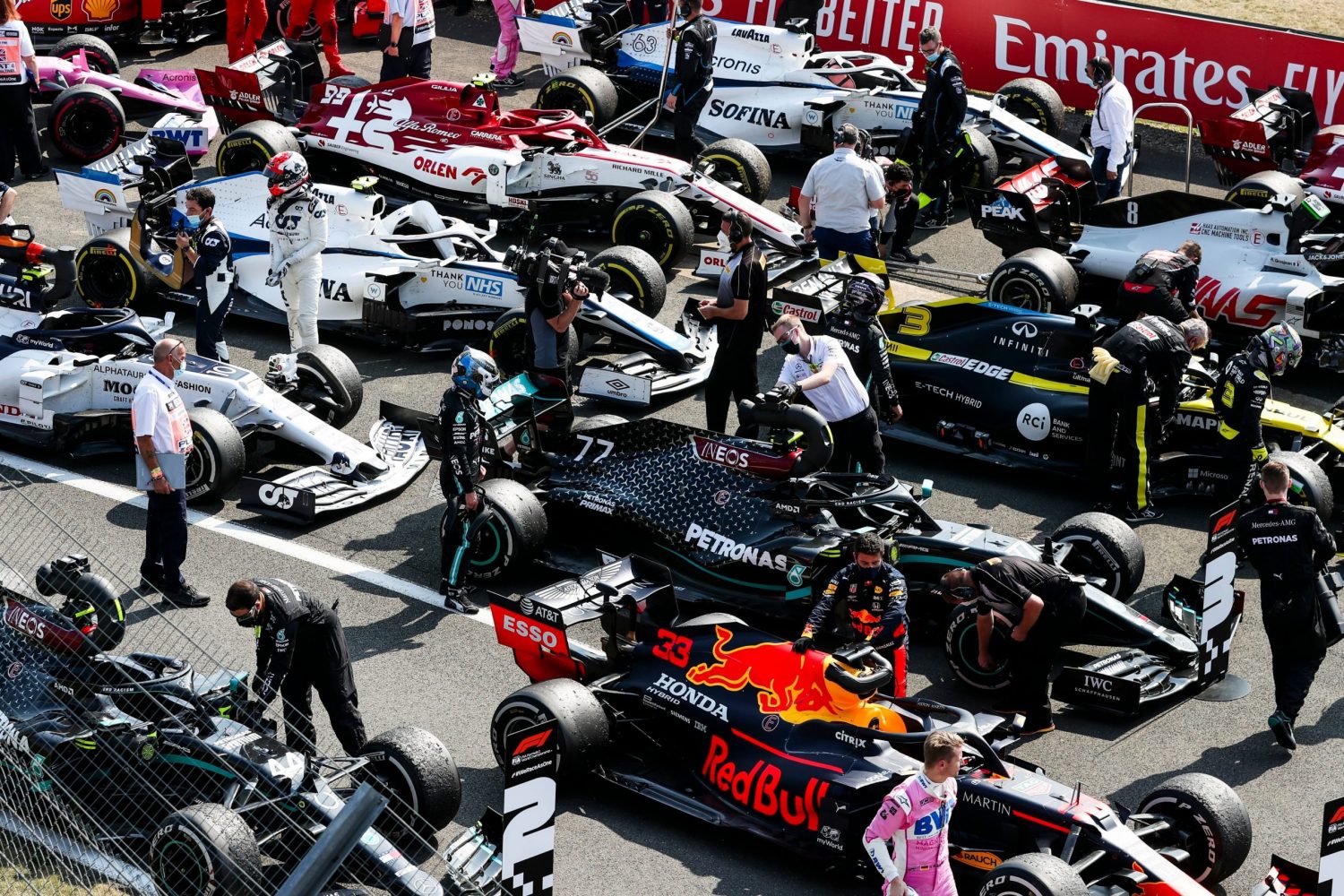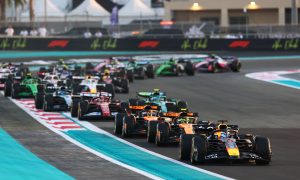
Formula 1's new Concorde deal binds teams to the sport until the end of 2025, but chief executive Chase Carey won't force anyone to remain on the grid against their will.
Teams will abide by the new covenant's financial, commercial and governance terms for a period of five years, from 2021 to 2025. But exit clauses will allow a beleaguered outfit to depart the sport prematurely if necessary.
"Ultimately it’s a five-year structure in place, but we’re not going to force teams to race if they don’t want to race," Carey said.
“I think they’re all excited about the future we have in front of us and so we’ve got a structure that provides the guidelines, not just the prize fund distribution but the governing structure and the sporting, technical and financial regulations that will underpin the sport and let us work together to grow."
A change of F1's revenue distribution scheme was crucial in maintaining the financial integrity of the smaller teams. Mercedes boss Toto Wolff said the German manufacturer argued for an increased financial validation of its contribution to the sport, which it did not get.

.
Carey believes the final provisions represent a fair compromise and provides the smaller teams with an opportunity to strive on a "healthy" business model.
"There are certain details that are really between us as partners,” he said.
“We’ve talked about it directionally; we felt the revenue distribution was too skewed and so we’ve now got a more balanced distribution that still rewards success on the track.
"But it gives every team a chance to have a healthy business model and the resources to be competitive on the track.
"And when you combine that with the cost cap, we think those elements together really do provide the foundation for much better competition and a much healthier business."
From 2021, Formula 1 will introduce a budget cap that will gradually drop from $145m in 2021 to $135m for the 2023-25 period.
Carey insists the cost cutting measure is a crucial component of the sport's economics moving forward.
"We had the issue when teams were spending multiple of another team, at some point that sort of spending really creates a gap which is why you saw the three teams that spent the most have really been on the podium certainly since I’ve been in this world," he said.
"We’re creating a business model that when you combine spending for a healthy team with distribution of the prize fund, sponsorship and growth of Formula 1 those, all of those things together, we’re looking to get to the place where every team can have a healthy business."
Gallery: The beautiful wives and girlfriends of F1 drivers
Keep up to date with all the F1 news via Facebook and Twitter





